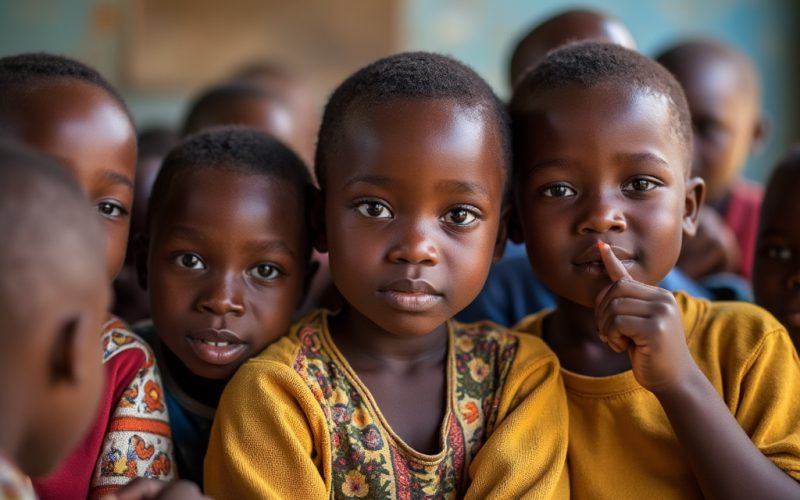
The “World Education Statistics 2024” report, published by UNESCO through its Institute for Statistics (UIS), offers some critical insights into global education trends, challenges, and opportunities. The data shows that the global number of out-of-school children unfortunately has risen by 6 million since 2021 and now totals almost 250 million.
UNESCO, founded in 1945, focuses on promoting international collaboration in education, science, and culture. The UIS serves as the main body responsible for providing timely, accurate, and policy-relevant education statistics globally.
Below we offer you the most important results published in said report.
Education Trends
As of 2023, 249 million children and youth aged 6 to 18 are projected to be out of school. This is especially pronounced in Sub-Saharan Africa, where less than 30% of youth complete upper secondary education. Despite global improvements in access, completion rates remain disappointingly low in certain regions.
For example, while access to primary education has improved worldwide, the completion of secondary education remains uneven, particularly in low-income countries, with Sub-Saharan Africa lagging significantly behind other regions.
Only 50% of students globally achieve minimum proficiency in reading and mathematics. This shows a huge challenge, where improved access to education does not necessarily equate to higher learning outcomes. Proficiency levels in core subjects are stagnating or even declining in some countries.
Technical, Vocational, and Tertiary Education
Tertiary education enrolment on the other hand has shown growth, rising from 37% in 2015 to 43% in 2023. However, vocational education remains underrepresented, with only 10% of youth aged 15 to 24 enrolled in such programs globally.
The disparity is again most notable in Sub-Saharan Africa, where enrolment in vocational education rose from 5% in 2010 to 12% in 2021. The gap between the growth in tertiary enrolment and the underrepresentation of vocational education shows the need for diversified post-secondary educational opportunities to meet the evolving demands of labor markets.
Skills for Employment
Digital skills are increasingly essential for employability, yet only 40% of youth and adults globally achieve minimum proficiency levels in digital literacy. Younger generations demonstrate higher digital skills, but the gap in basic ICT proficiency remains a challenge, particularly in developing regions. To address the growing demand for these skills, the report calls for enhanced vocational training and ICT education to equip young people for the future workforce.
Gender Parity in Education
Despite progress, gender disparities persist in secondary and tertiary education, with boys often disadvantaged in terms of completion rates, except in Sub-Saharan Africa where girls face greater challenges.
In ICT, parity remains elusive, with girls consistently achieving lower levels of digital proficiency across regions. Tackling these disparities requires targeted policies that address not only access but also gender-sensitive support mechanisms within educational systems.
Proposals for Improvement
The report emphasizes the need to:
- Increase access to lifelong learning opportunities for adults, as only 3% of adults currently engage in any form of training.
- Expand vocational education programs to meet the growing demand for technical skills in various sectors.
- Strengthen ICT training to better equip youth and adults with the digital skills necessary for modern employment.
Bridging the Gap Between Education and the Labor Market
Bridging the gap between education and the labor market is essential for sustainable economic growth. Policymakers must focus on enhancing the quality of education, ensuring equitable access, and expanding training opportunities to meet the challenges posed by the evolving global workforce. Improved data collection and monitoring systems will be key to addressing these educational disparities and achieving global targets by 2030.
